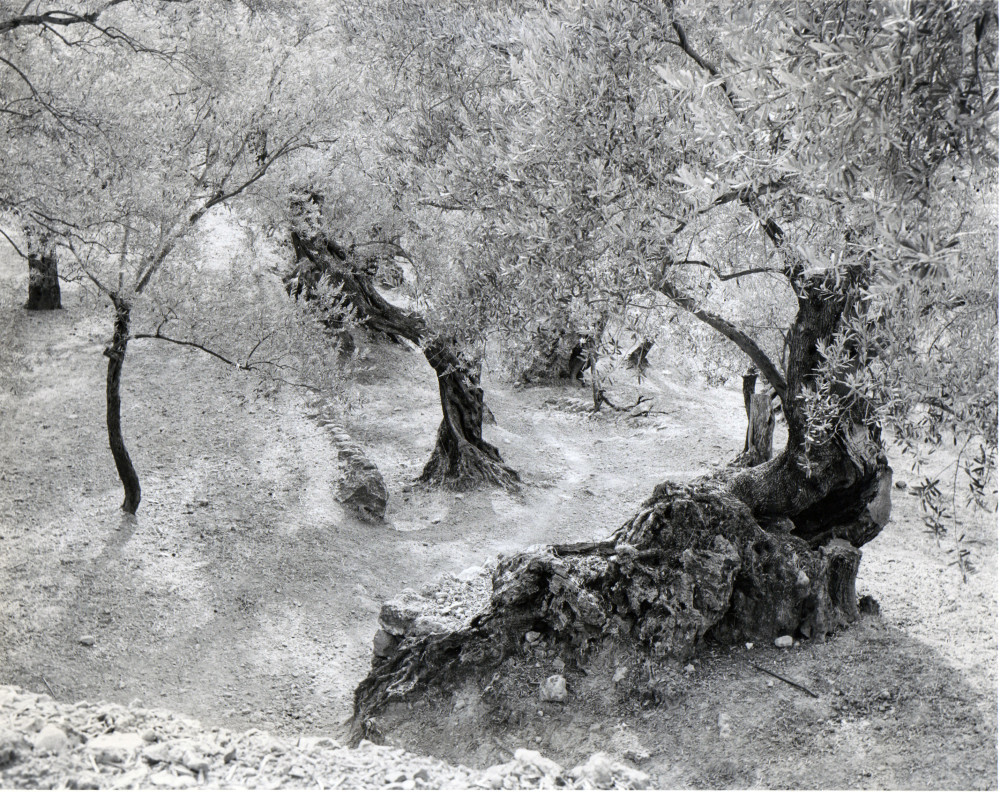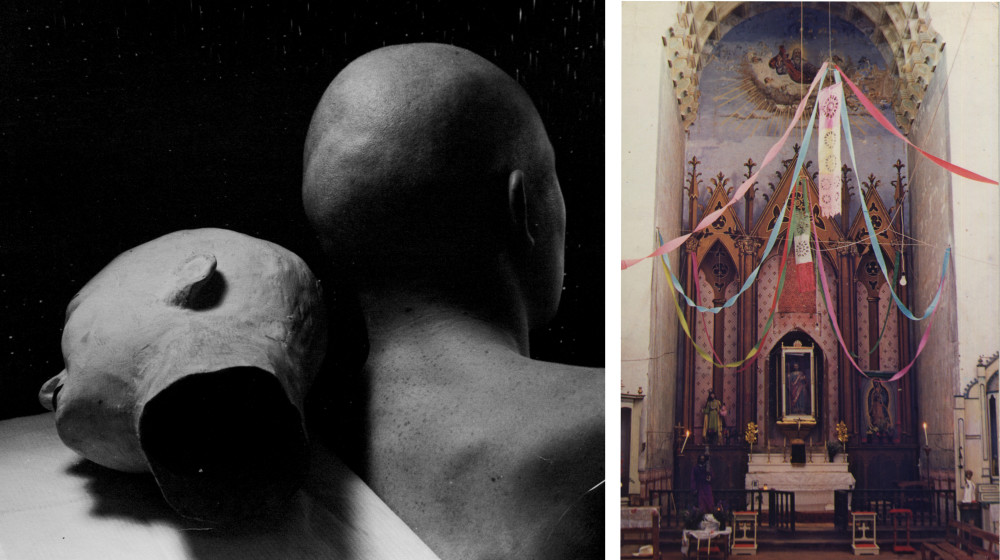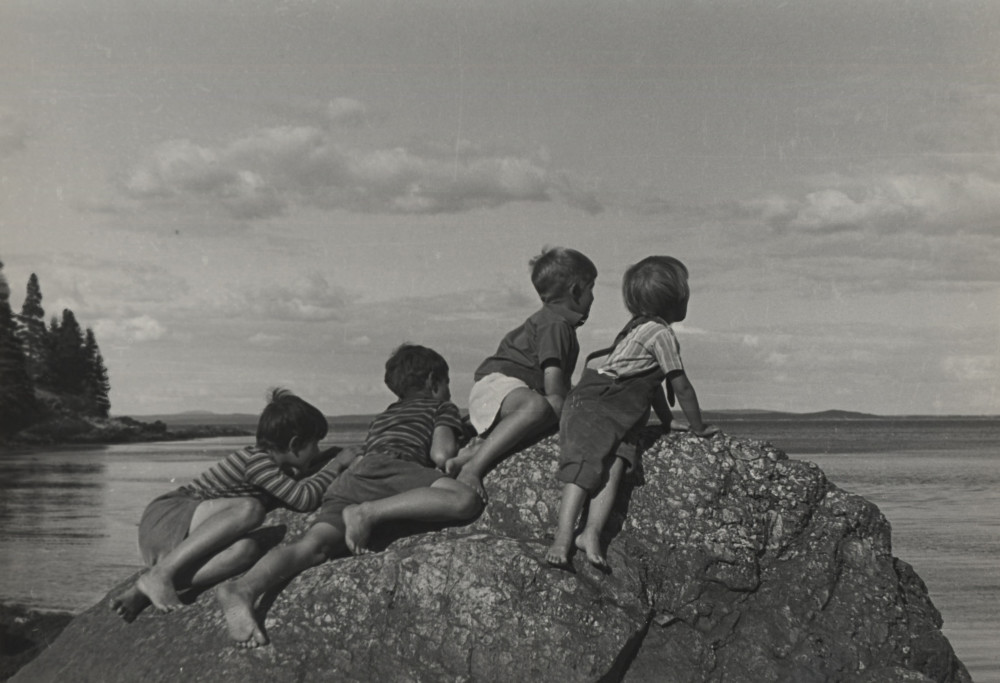Image Above: ©Ellen Auerbach (Sulphur Bath)
Robert Mann Gallery announced Ellen Auerbach: Classic Works and Collaborations. A revolutionary during the era of Germanyʼs Weimar Republic, Auerbach, in partnership with friend and fellow photographer Grete Stern, broke into the male-dominated field with the collaborative advertising studio “ringl + pit” during the early 1930s. Trained under Walter Peterhans of the Bauhaus school and part of the later-named New Vision movement, Stern and Auerbach as ringl + pit hovered between genres, playing with montage and elements of surrealism to blend commercial intent with fine-art aesthetics.
 ©Ellen Auerbach (Olive, Mallocra, 1959)
©Ellen Auerbach (Olive, Mallocra, 1959)
Exemplary works by the duo include the celebrated Pétrole Hahn, 1931, in which a dollʼs head is substituted for a modelʼs to shrewdly disrupt the traditional advertisement pose for cosmetics at the time. This satirical recasting of objects for objectified female figures carries throughout the pairʼs images in our exhibition.
 ©Ellen Auerbach (Left: Bald Heads; Right: Auerbach & Porter Cuilapan, Oaxaca, Altar, Mexico)
©Ellen Auerbach (Left: Bald Heads; Right: Auerbach & Porter Cuilapan, Oaxaca, Altar, Mexico)
Parting ways from Stern, Auerbach with her husband Walter ultimately immigrated to the US after fleeing Germany upon the Nazi takeover. Yet Auerbach continued to travel extensively, one fruit of which was a 1955 partnership with photographer friend Eliot Porter documenting Mexican churches in vibrant color. Additional trips took the artist to Mallorca, Argentina, and Chile, often with a focus on photographing children, a passion which would result in a late-life career as an educational therapist.
 ©EllenAuerbach (Great Spruce)
©EllenAuerbach (Great Spruce)
Closer to home, she captured bathers, wanderers, and fellow noteworthies like Willem de Kooning and Renate Schottelius with a frank grace. Citing the camera as a sort of “third eye,” Auerbach often stated that her intent was to find the central essence of the people and places she photographed.
All Images are Courtesy of Robert Mann Gallery


